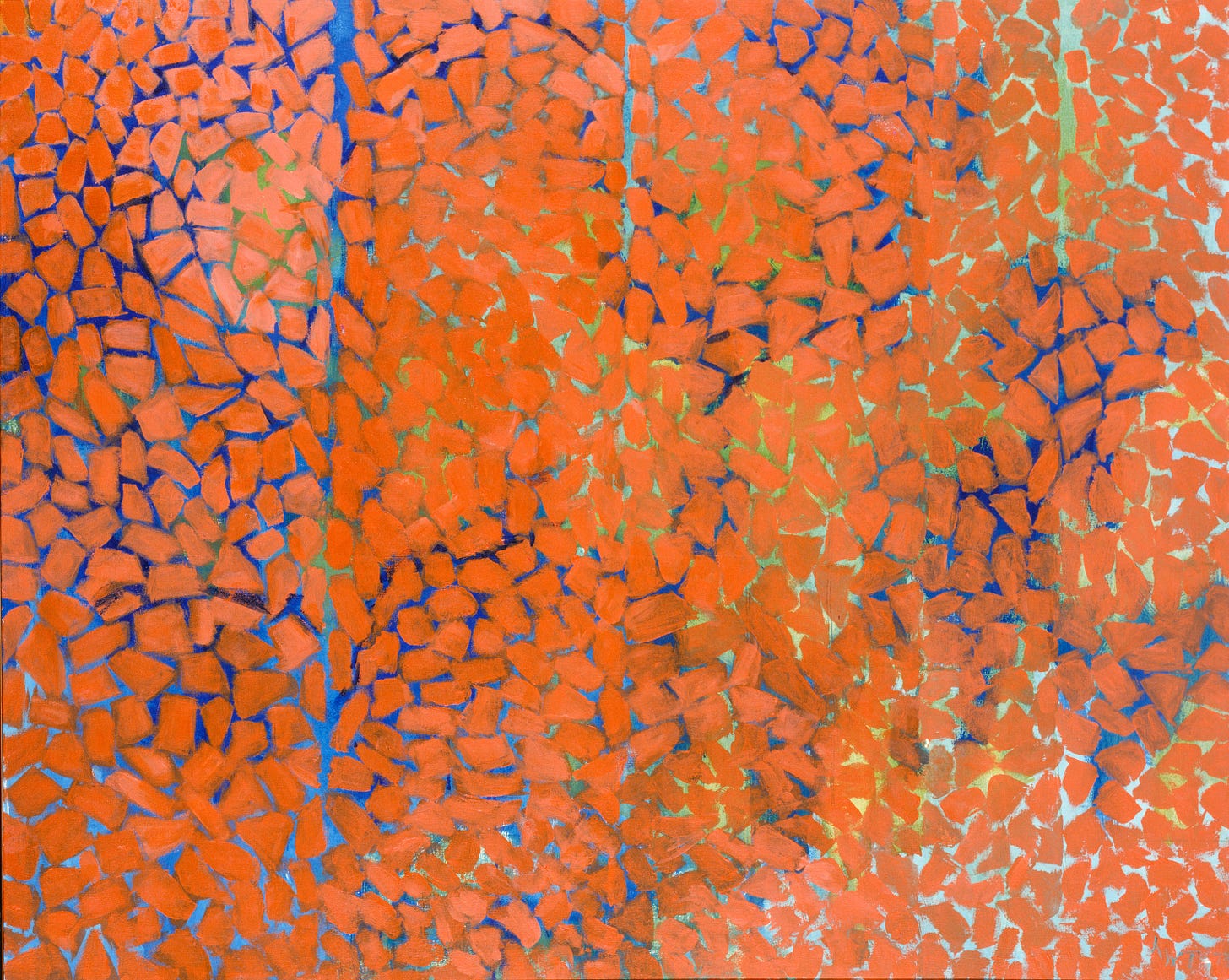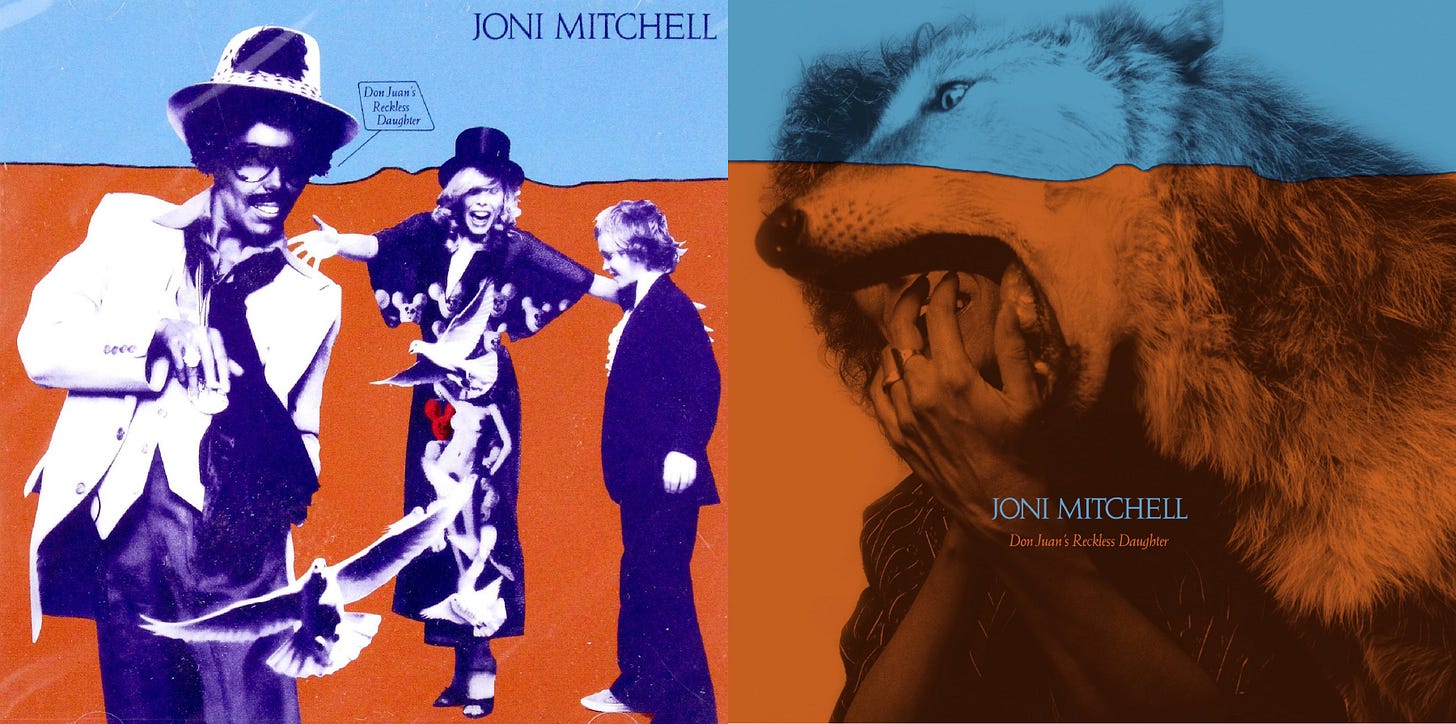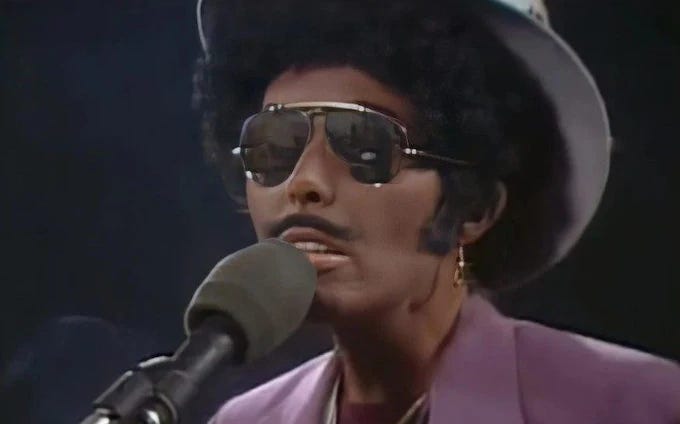Joni Mitchell broke my heart, and it wasn't a result of her lyricism.
So much for "giving peace a chance."

Sung to the tune of “Big Yellow Taxi”
♫ ♪ Hey Joni, Joni put away the edgy ruse now
Marginalized folks aren’t less than the birds and the bees
Geez ♪ ♫
A few months ago I was sitting with my boyfriend in a music-themed café chatting about how silly separating art from the artist is, and it was in that conversation that he informed me of Joni Mitchell’s ongoing blackface controversy that dates back to the 1970s. From that point on I stopped listening to her music. I can’t listen to songs about peace, love, and Mother Earth from an artist who so comfortably believes it’s ever been acceptable to blur the line between “creative expression” and racial appropriation.
Yet I woke up this past weekend to find Joni Mitchell trending again, thanks to actress Amanda Seyfried’s cover of “California” on The Tonight Show Starring Jimmy Fallon, as a part of the actress’s press tour for Long Bright River. The performance, meant to raise awareness for the California wildfires, inadvertently sparked buzz about a rumored Mitchell biopic — rumors that have since been debunked.
Still, the moment was enough to reignite public discourse about Mitchell’s legacy: Not just her poetic lyricism and iconic voice, but the deeply unsettling fact that she once donned blackface as a character she called “Art Nouveau,” an alter ego she described as a “Black pimp.”

Mitchell first introduced the character “Art Nouveau” in the 1970s, describing him as a Black male pimp from the streets of L.A.
She wore blackface, a curly wig, and a fake mustache to embody this persona — not just in private, but in publicly accessible performances and photo shoots, including for the cover of her 1977 album Don Juan’s Reckless Daughter, which has quietly been redesigned as of 2024.
Following the album cover, her 1980 concert film Shadows and Light featured cuts of Mitchell in blackface whilst singing about meeting renowned blues musician Furry Lewis. In 1982 the anthology film Love included a story in which Mitchell appears in blackface. In 1988 she once again donned blackface for “The Beat of Black Wings” music video.
In a 1976 interview, Mitchell discussed the inspiration for her alter ego:
I was walking down Hollywood Boulevard, in search of a costume for a Halloween party when I saw this black guy with a beautiful spirit walking with a bop... As he went by me he turned around and said, “Ummmm, mmm... looking good sister, lookin' good!” Well I just felt so good after he said that. It was as if this spirit went into me. So I started walking like him. I bought a black wig, I bought sideburns, a moustache. I bought some pancake makeup. It was like 'I'm goin' as him!'
In more recent interviews, she has continued to defend the choice as a form of artistic experimentation and spiritual exploration, stating in a 2015 interview with The Cut:
When I see black men sitting, I have a tendency to go — like I nod like I’m a brother. I really feel an affinity because I have experienced being a black guy on several occasions.
While Mitchell seems to insist that the blackface was done out of admiration, intent doesn’t erase impact — and what she frames as a transcendental alter ego reads plainly as an appropriation of Black identity for aesthetic and personal mythology, all without meaningful engagement or recognition of America’s brutally racist history.
While some have taken to her defense over the years — citing generational differences, artistic freedom, or the passage of time — many members of Generation Z have approached their discovery of Mitchell with a much more critical eye. TikToks unpacking her history now circulate alongside tributes to her influence, forcing hefty but necessary conversations about how we engage with our “problematic favs.”
The ‘70s really weren’t that long ago, and “experimenting” with blackface under the guise of an alter ego is still blackface.
Mitchell may never be “canceled” in the way other celebrities, like Kanye West, have rightfully been — losing endorsements, fanbases, and radio play —raising an alarming question: Why does a white woman experimenting with racial identity in the name of art continue to be granted grace and reverence?
This isn’t just about one artist. It’s about the systems that excuse appropriation when it’s cloaked in legacy or wrapped in a neat vinyl sleeve. Mitchell’s music is undeniably shaped by the traditions of Black American jazz, yet her thoughts on Blackness have been largely overlooked in the mainstream.
So what does it really mean to separate art from the artist in 2025 America, where DEI is dead, “wokeness” is an insult, and nostalgia is weaponized to sanitize the truth?
Perhaps it’s time we stop asking whether the art is “good enough” to stand apart from its creator, and start asking whether the artist has reason to be held accountable.
In the meantime, I’ve curated a short playlist of folk and jazz songs that I enjoy, sans the thoughtless appropriation:
Thanks for reading Not a Yes (Wo)man! Subscribe for free to receive new posts straight to your inbox.
If you found my thoughts insightful in any way, feel free to anonymously ask for advice or prompt my upcoming writing.







